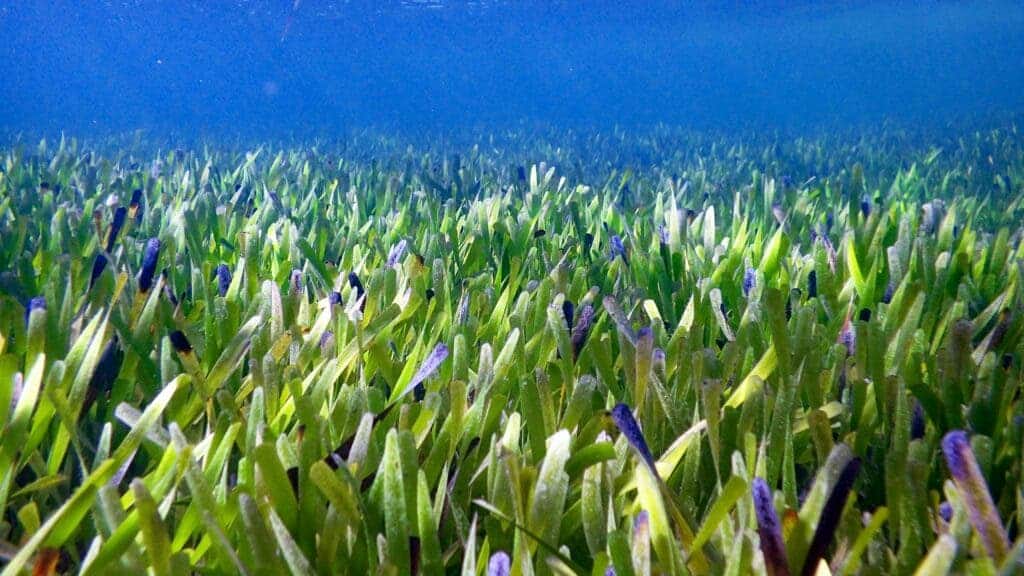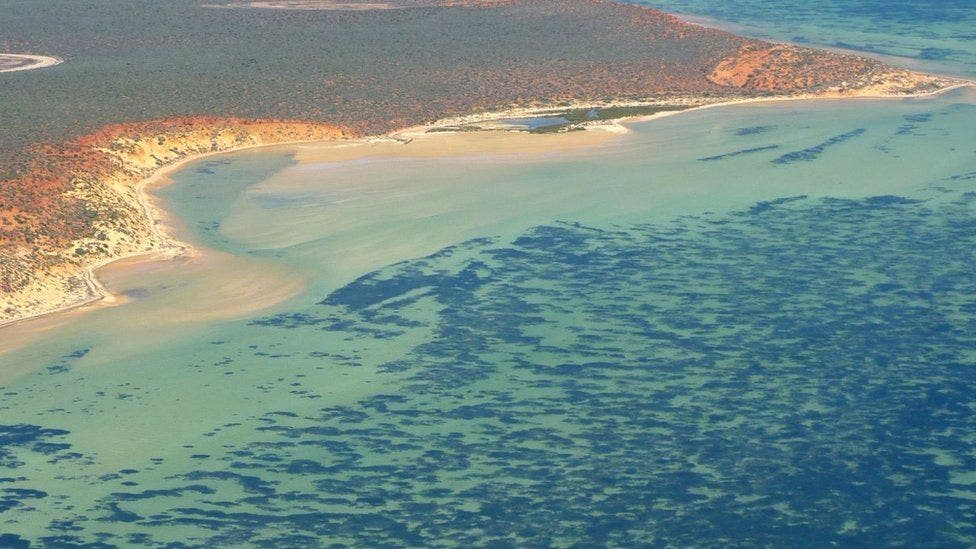The massive seagrass plant is around 4,500 years old and in theory, could continue to expand indefinitely by cloning itself.

Big is an understatement. This large underwater meadow, around three times the size of Manhattan, is just one single individual. A team of researchers found this almost by accident as they were working to map the genetic diversity in an area around Shark Bay, some 800 km (497 miles) north of Perth, Australia.
They were particularly looking at the diversity of Posidonia australis (ribbon weed), but in this area, there was no diversity to speak of — it was all just one big plant.
“We thought ‘what the hell is going on here?’” said Dr Martin Breed, an ecologist at Flinders University, for The Guardian. “We were completely stumped.”
How can this happen
This particular seagrass individual is what is called a “polyploid” — it has twice as many chromosomes as other individuals. Seagrass seedlings will inherit half of the genome from each of their parents, but sometimes, some individuals will carry the entire genome of both of their parents.
Many plants exhibit polyploidy, including the majority of angiosperms (seeding plants). Several of these plants are important for humans, including potatoes and bananas, and polyploid plants are often used in agriculture carried out in extreme conditions.
Polyploids are often sterile, but they can grow indefinitely if left alone by cloning themselves — and this is exactly what’s been happening with this seagrass.
This is not the first time a large cloning individual was found. For instance, one closely related Mediterranean seagrass called Posidonia oceanica was found to cover more than 15 km (9.3 miles) and could be up to 100,000 years old. A clonal aspen colony weighing 6,600 tons was also found in Utah and is believed to be the heaviest organism in the world.
A curious history
The dunes of what is now Shark Bay were covered by water around 8,500 years ago. As much of this was sweetwater, it wasn’t the type of condition the seagrass wanted, but it somehow managed to establish a foothold. From there, it continued to expand, creating and capturing sediment along the shallow coastal banks, making the water saltier and more suitable to its taste.

At some point, the conditions became just right, and with a lot of light and without human intervention, the seagrass could thrive century after century. The plant is sterile, but it can grow indefinitely if it finds the right environment. In this case, it seems to be able to withstand significant temperature variations, from 15 °C to 30 °C (59 °F to 86 °F).
Since this type of seagrass grows about 35 cm a year, researchers calculated that the plant would have needed at least 4,500 years.
The plant suffered greatly in the summer of 2010-2011 when a severe heatwave hit the Western Australian coastline. Large swaths of it were destroyed, but apparently, the plant survived and is adapting, which is somewhat unusual because it does not appear to reproduce sexually, which researchers would expect to be the best way to adapt to changing conditions.
“Our single plant may in fact be sterile. This makes its success in the variable waters of Shark Bay quite a conundrum: plants that don’t have sex tend to also have low levels of genetic diversity, which should reduce their ability to deal with changing environments,” write the study authors in an article for The Conversation.
“However, we suspect that our seagrass in Shark Bay has genes that are extremely well-suited to its local, but variable environment, and perhaps that is why it does not need to have sex to be successful.”









